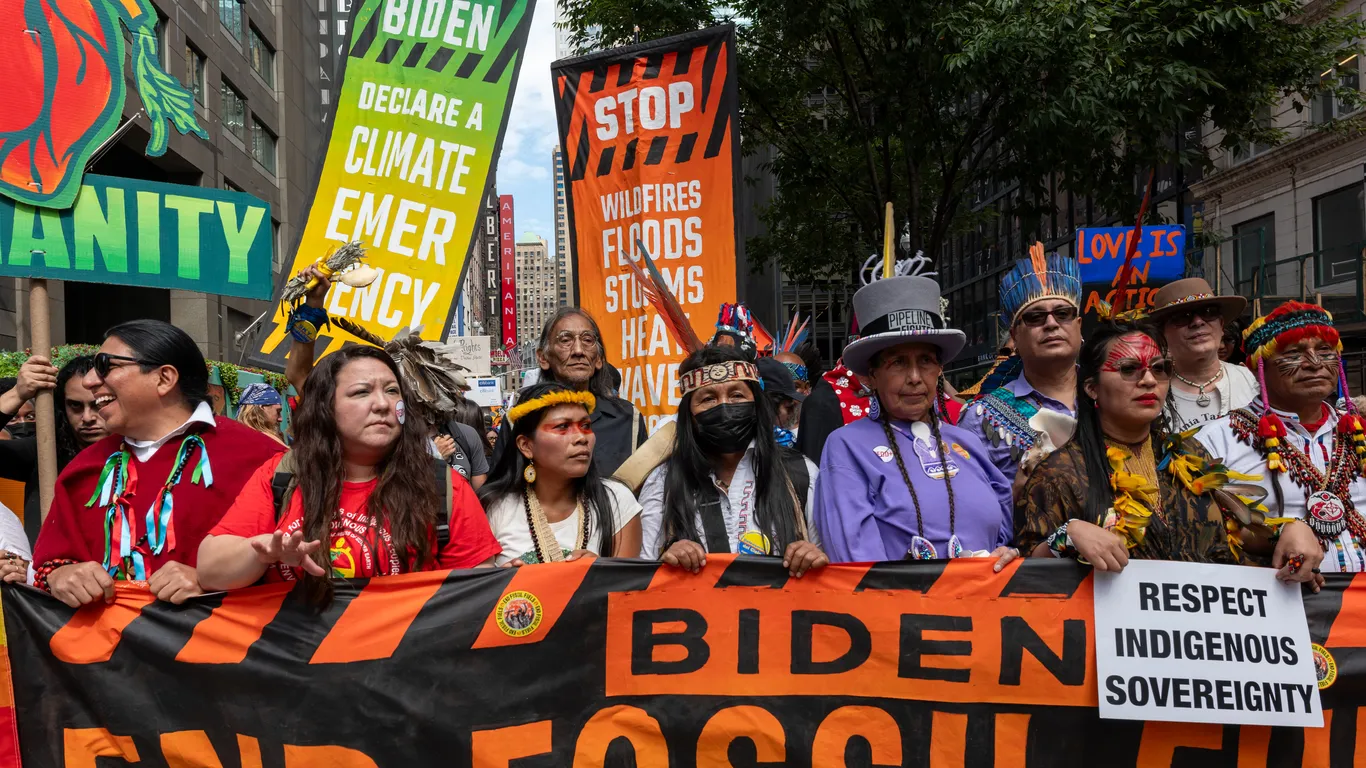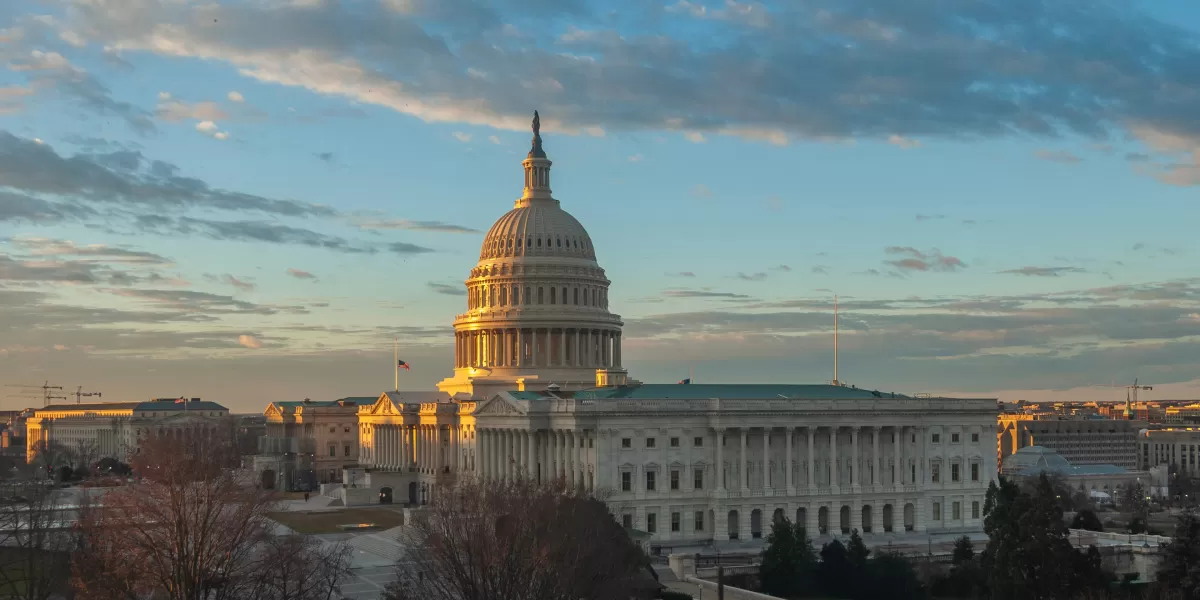In a climate of rising political discontent and defiance, the narrative surrounding nonviolent direct action is more critical than ever. Despite being labeled ineffective or even un-American, the empirical evidence paints a starkly different picture. According to research findings, nonviolent civil resistance has proven to be significantly more successful in creating broad-based change compared to violent campaigns.
Nonviolent Action Redefines Effectiveness
Research conducted by Erica Chenoweth reveals that nonviolent movements have an astonishing success rate of approximately 80%, while violent movements hover around a mere 25% success rate. This disparity challenges the entrenched belief that violence is a necessary precursor to meaningful change. As reported by Harvard, the effectiveness of nonviolent resistance lies in its ability to galvanize a diverse coalition of participants, thereby amplifying the movement"s impact.
The Power of Collective Action
The Nonviolent and Violent Campaigns and Outcomes Data Project further substantiates this narrative, illustrating the characteristics of 627 mass mobilizations from 1900 to 2021. The data conclusively shows that movements grounded in nonviolence not only attract broader participation but also foster a sense of legitimacy and moral authority. This is particularly relevant in the current socio-political landscape, where grassroots movements are increasingly confronting systemic injustices.
Legal Protections for Nonviolent Protests
The legal framework surrounding nonviolent protests is evolving. International human rights law explicitly protects the right to peaceful assembly and expression, which is often ignored by authorities seeking to suppress dissent. A comprehensive overview of case law on peaceful protests highlights the judiciary"s role in safeguarding these fundamental rights. The growing jurisprudence serves as a reminder that peaceful protest is not merely a privilege; it is a legally enshrined right that must be defended at all costs. This is well documented in the Special Collection of Case Law.
\n\n
Photos: Climate protesters in New York, across U.S., demand fossil ...
Public Sentiment and the Rise of Nonviolent Protests
Recent protests have echoed widespread public sentiment, highlighting anger over issues such as staff layoffs and budget cuts. As reported by Brookings, these movements reflect a collective frustration with systemic inequities. The rise of nonviolent protests in response to these grievances underscores a critical shift in how communities mobilize for change—emphasizing solidarity rather than division.
Understanding the Impact of Protest Types
Perceptions of different protest strategies—violent versus nonviolent—play a crucial role in shaping public support and legitimacy. A study assessing attitudes toward conservative and liberal protest groups found that nonviolent tactics garnered more favorable responses across the political spectrum. The implications of this finding are significant; it suggests that the efficacy of nonviolent methods can transcend political divides, fostering an environment where meaningful dialogue can occur.
The Case for Nonviolent Strategies
The historical context of nonviolent movements, such as the People Power Revolution in the Philippines and the Nonviolent Movement for Freedom and Democracy in Burma, exemplifies the potential of peaceful resistance to enact profound social change. These movements not only dismantled oppressive regimes but also laid the groundwork for democratic processes. This historical perspective reinforces the argument that nonviolent action is not just a strategy; it is a powerful tool for dismantling systemic oppression.

U.S. Capitol Building | Architect of the Capitol








